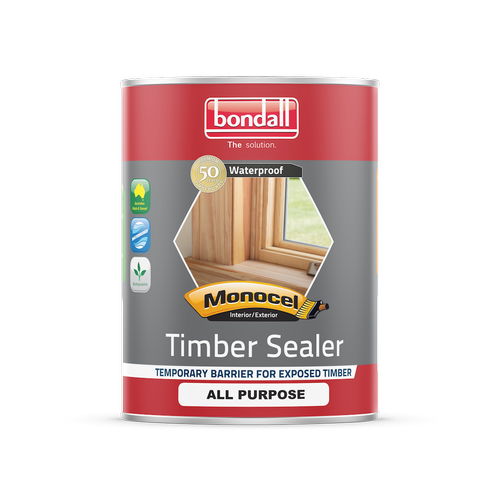Introduction
Selecting the appropriate door for the specific location within your home is of paramount importance. This decision can significantly impact your future maintenance expenses. Opting for a more cost-effective option initially may result in higher costs in the long run.

Useful tips
This article provides valuable tips and professional advice on making informed decisions when it comes to choosing doors, handles, and paint. Adhering to a few straightforward guidelines can lead to significant savings in the long term.
By experience
As a seasoned carpenter, I have had the opportunity to repair and replace numerous internal residential doors, with the majority of them being bathroom, toilet, and laundry doors. These doors are predominantly made of flush panel Medium Density Fibreboard (MDF). While MDF is an economical choice, it may not be the optimal selection for areas prone to moisture.
Moreover, in the majority of instances, the bottom and top of these MDF doors have not been adequately sealed or, in some cases, not sealed at all. The porous nature of MDF makes it akin to a sponge, making it nearly impossible to effect proper repairs.
Door selection
A superior quality door for such moisture-prone areas could be a tempered hardboard flush panel. Although these doors are double the price of MDF, they offer superior durability and are more resistant to moisture. However, their longevity also depends on the quality of preparation and installation.
Preparation
It is crucial to check the hinges to ensure they are recessed approximately 6mm from the outer edge to prevent them from catching on the door bead and obstructing closure. Additionally, the door knob and trim should be prepared to suit the opening size, leaving a gap of approximately 5mm at the top and sides and 10mm at the bottom. It is now time to focus on sealing.
Sealing
The importance of sealing the edges of the door cannot be overstated. Neglecting this step could lead to future issues. We recommend using Bondall, a timber sealant that deeply penetrates the wood’s structure. After application, allow the sealant to dry and apply two coats of primer sealer paint. Prior to hanging the door, pre-prime its faces.

When hanging the door, be meticulous to prevent damage to the bottom edge by scraping off the sealers. Use wedges covered with thin foam. Following this, apply a high-quality enamel paint and affix the door handle.
Conclusion
In conclusion, by adhering to these simple, yet technical rules, you can ensure that your door is installed correctly and that the edges are 100% sealed. This will not only enhance the aesthetics of your home but also contribute to its longevity. Need help call the handyman Perth